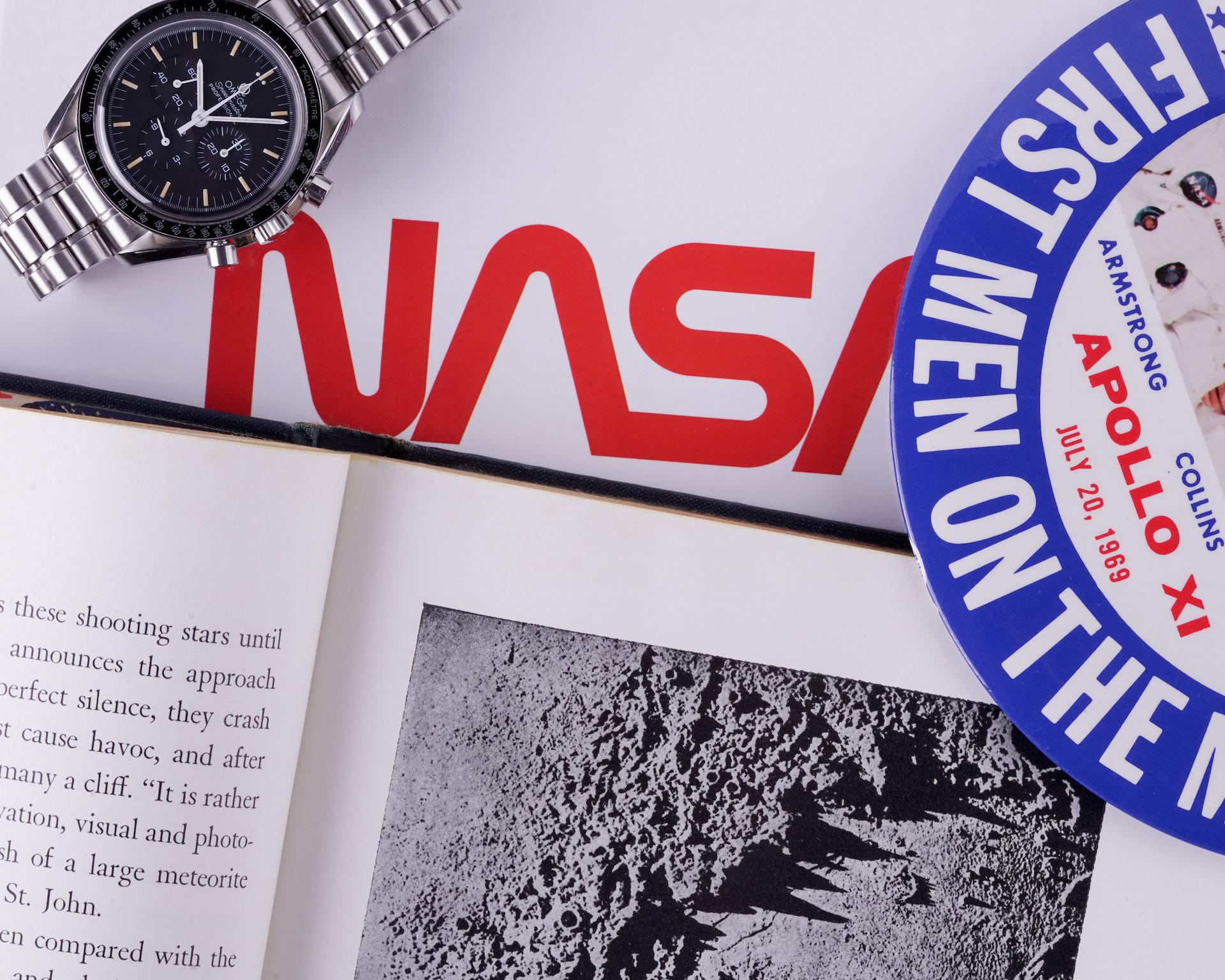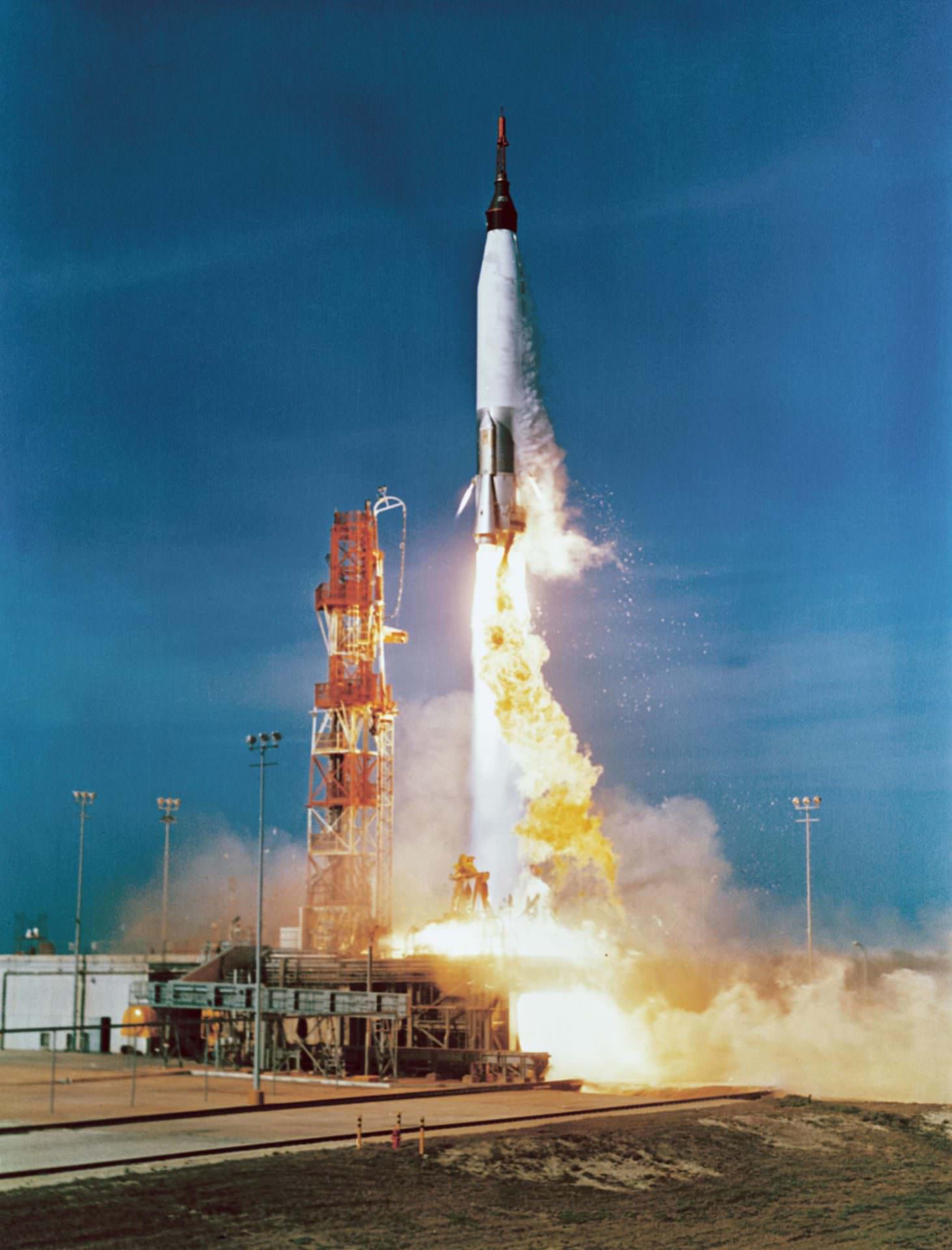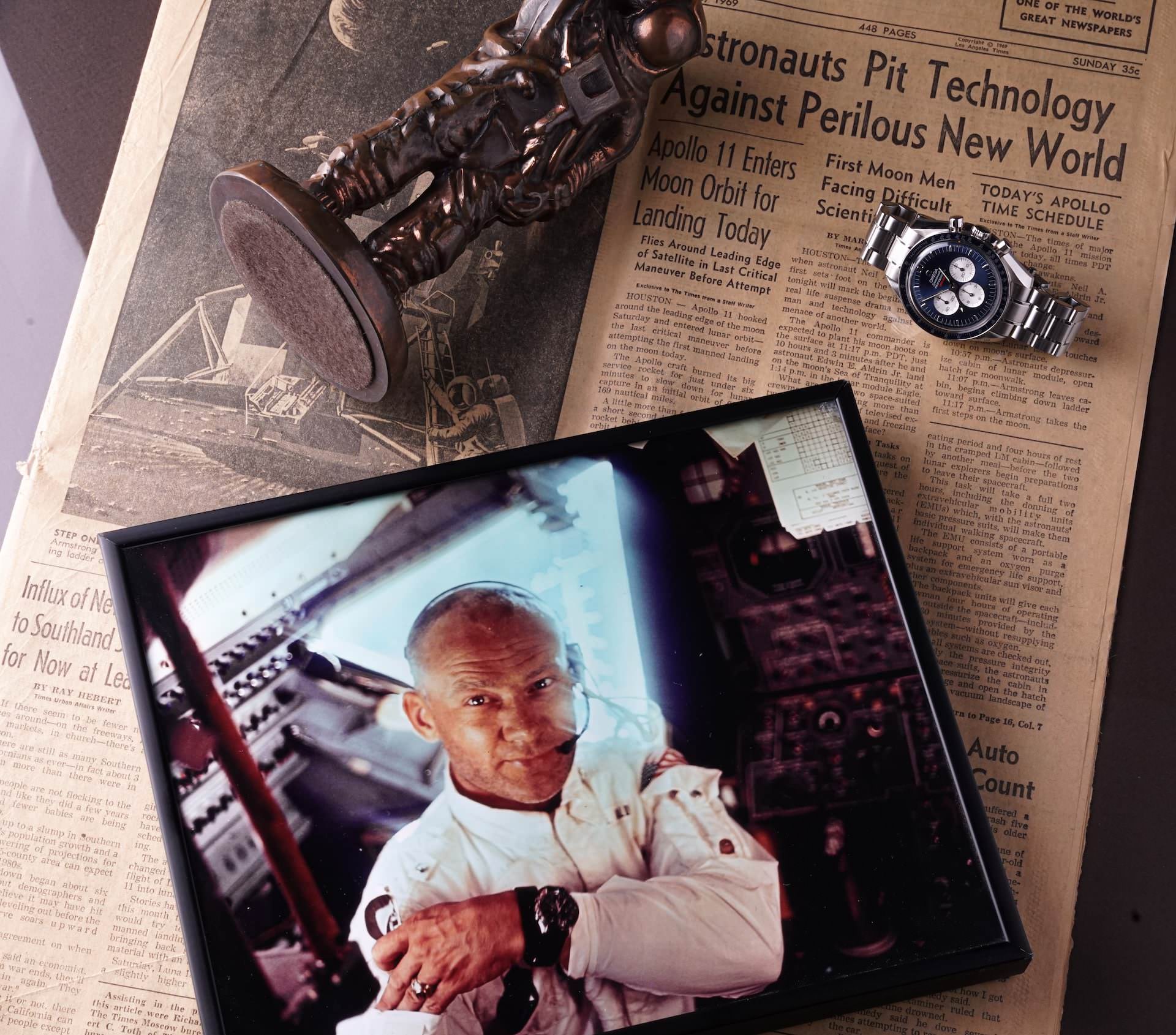And while many other things have always enjoyed a passionate fan base and collector’s following, markets often sprout as groups of would-be collectors age into a nostalgic place emotionally while maturing into the financial stability of adulthood. We often chase the things we loved as kids, so trends in the collectability of cars, toys, comic books, even sneakers, are pretty easy to understand and trace. And many, many generations of kids have been enchanted by man’s exploration of space.
Unlike the vague origins of the vintage watch boom, the market for NASA collectibles orbits entirely around the work of one man: Former NASA engineer Charles Bell, who almost single-handedly spawned the NASA collectibles market. It’s a market that has more diversity and interest now than ever before, and it’s a market that’s gone supernova, but shows no signs of burning out.


After working for NASA for over 20 years, it became clear to Charlie Bell that his employer was doing something crazy. From the Mercury, Gemini, and Apollo programs, to the space shuttle program – Bell discovered that NASA was quite literally discarding its history. Piece-by-piece, NASA had decided its used equipment was little more than earth-bound space junk. Heartbroken and aghast at the carelessness NASA had shown in discarding pieces of history which had often endured and facilitated journeys few humans will ever experience, Bell embarked on a mission to save what he could. After decades of collecting, Bell managed to fill up 56 tractor trailers of NASA’s discarded material. Bell staged his trailers full of history over 7 acres of land not far from his former office, NASA’s Kennedy Space Center in Florida.
Before you ask, no, we’re not talking about space-worn Omega Speedmasters or astronauts’ personal effects. At least that we know of. However, if you ever wanted your very own Atlas rocket, Bell could have set you up at one point…the man saved two of the gargantuan aeronautical miracles from the scrap heap over the years! Bell was even known to go out to launch sites and get his hands dirty by cutting the pads down himself.

Mr. Bell had plans to open a museum to showcase the staggeringly diverse number of items he’d saved from NASA’s negligence. However, Bell first had to figure out how to overcome the herculean task of cataloging his massive collection. Sadly, while Bell’s museum was in holding pattern until he could log all of it, he tragically and unexpectedly passed away in February of 2000 at the age of 57. Bell’s entire collection went to auction uncataloged in May of that year and inadvertently kickstarted the entire NASA collectables market in one fell swoop. Great examples of important pieces that went under the hammer at that auction include all of the panels from Launch Control Center, which reside in private collectors’ hands today. These item’s entry to the civilian market can be traced back to that specific auction — and they sold for peanuts compared to their value today. Can you imagine having those panels on display in your home? What a conversation piece! Decommissioned space suits, gauges from all sorts of vehicles, door latches, valves, insulation — even trinkets like individual bolts were sold to the public in the auction of Bell’s massive collection. Overnight, anyone with even a minimal interest in space exploration could own a literal piece of the United States’ space program.
A single individual cashed in big time when Bell’s bevy hit the block; one person bought several trailers worth of NASA’s discarded items. However, the specific items this person snagged remained uncataloged until about two years ago, when that person decided to sell that subset of items again. However, by the time this fella decided to cash back out, NASA engineers were brought in to look at each item, catalog it, and determine the following:
In terms of the 3rd criteria, some items were determined to have been used on GSE (Ground Support Equipment) for a particular mission, some were determined to have actually been flown and actually gone to space, and the use of some items simply couldn’t be confirmed. These determinations were made using serial #s when available, material make-up/construction techniques, and the engineers’ institutional expertise. The items were consigned to multiple auction houses and sold in the spring and summer of 2020 – with strong results, especially considering these sales took place during the height of the pandemic.

Much of Bell’s collection is still out there, waiting to be cataloged and brought to market. Can we say for sure that there isn’t a Navitimer with NASA provenance or another Heuer stopwatch with this level of importance? No, I can’t. And even if those chances are small, it seems clear that Charlie and his collecting foresight and massive collection will continue to surprise us for many, many years to come!

Check out 'Reference Tracks' our Spotify playlist. We’ll take you through what’s been spinning on the black circle at the C + T offices.

Never miss a watch. Get push notifications for new items and content as well as exclusive access to app only product launches.
Sign up for our newsletter to receive updates and exclusive offers